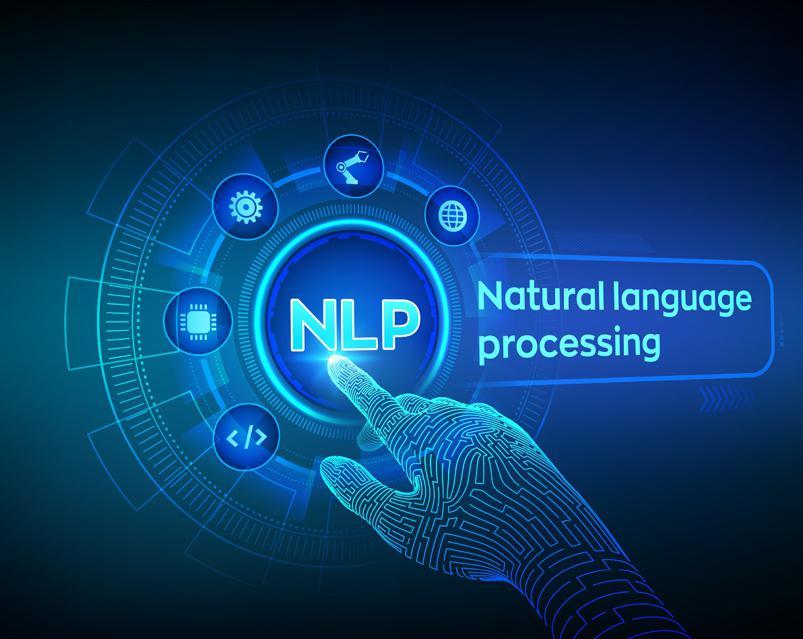What is Natural Language Processing?
Humans verbally communicate with each other using natural language, such as English, French, Chinese etc. Any language that is native to humans is considered to be natural. Natural Language Processing or NLP is a field of study that falls under the larger umbrella of artificial intelligence. The goal is to allow computers to interact with humans using natural languages, either through speech or text.
Languages for Computers
Historically, machines have used programming languages to communicate like C++ or Java. These languages are useful for giving instructions and information to machines, but not very user-friendly for interacting with regular users. Natural language processing bridges the gap between human users and programmed machines, allowing both to more easily communicate.
As lifelong speakers of native language, humans benefit from being able to intuitively understand context clues, emotions, implications etc. Computers do not have that same experience, which can make understanding human language difficult. Enabling machines to understand natural human speech is a major hurdle in tech development although recently, with the advent of deep learning, there have been major strides. Richard Socher explains “Understanding spoken words…was actually a really hard problem up until 2010 when deep learning changed it…we don’t call it AI anymore, it’s just Siri, just a speech recognition software.” This speech recognition software, or natural language processing, gives machines a framework to recognize and decode spoken language and respond appropriately.
How Do We Use NLP?
 Natural Language processing is useful across a broad spectrum of applications. At an enterprise level, large social media companies use NLP to analyze and identify trending topics. For email users, NLP is used to identify spam messages before they crowd your main inbox. Even in-site search bars make use of language processing to classify content to direct traffic. Most commonly, we see NLP being used in today’s voice-activated digital assistants like Alexa or Siri. These advanced programs use natural language processing to understand what is being said to them and then generating (hopefully) accurate responses.
Natural Language processing is useful across a broad spectrum of applications. At an enterprise level, large social media companies use NLP to analyze and identify trending topics. For email users, NLP is used to identify spam messages before they crowd your main inbox. Even in-site search bars make use of language processing to classify content to direct traffic. Most commonly, we see NLP being used in today’s voice-activated digital assistants like Alexa or Siri. These advanced programs use natural language processing to understand what is being said to them and then generating (hopefully) accurate responses.
Understandably, NLP is a complex field of study. It isn’t always perfect, but the goal of conversational NLP is to enable computers to mirror human interactions and simulate natural conversations. As NLP improves and becomes more sophisticated, consumers will start to see greater benefits to help our lives be more productive and prosperous.
Want to learn more about chatbots? Check out our blog series here!
This article is the sixth in a nine-part series on what chatbots are and how they work. Consider subscribing to our blog or newsletter to receive notifications when new articles are posted.
Get a Demo
Learn how Mobile Coach chatbots will help you drive real engagement with your audience to achieve the key behaviors and results you want.





